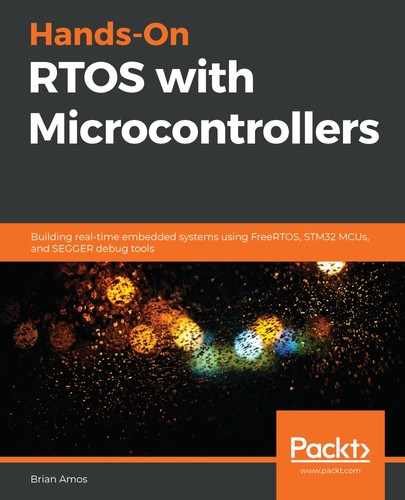Most modern MCUs have the option of mapping peripherals to several different pins. However, each pin is usually shared between several different peripherals. So, it is possible, on a pin-constrained device, to have the required peripherals available (present on the MCU) but not accessible (able to be mapped to a physical pin). Hardware designers can quickly evaluate whether or not individual models of an STM32 MCU break out the necessary combinations of peripherals that are required for a given application. Having the ability to quickly and accurately perform these evaluations across multiple chips can be a major time saver. Usually, designers need to become intimately familiar with datasheets for each chip before making such decisions. CubeMX is by no means a substitute for proper due diligence, but it does help to quickly narrow the field of potential devices.
Each peripheral on STM32 MCUs can be individually turned off, which saves power. With the current proliferation of battery-powered (and energy-harvesting) IoT devices, minimizing power consumption is a hot topic. Another way to reduce power is to clock the chip at a lower frequency. CubeMX allows engineers to quickly calculate how much power the chip will draw under specific configurations. Speed and accuracy are both important when investigating potential MCUs for a project. Getting an accurate power consumption estimate by entering a peripheral/clock configuration into CubeMX is much faster compared to perusing the datasheet and creating a spreadsheet from scratch.
Once a target MCU has been selected and the custom hardware has been manufactured, it is time to bring up that new piece of hardware.
